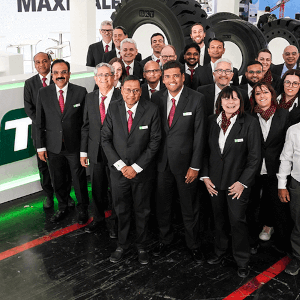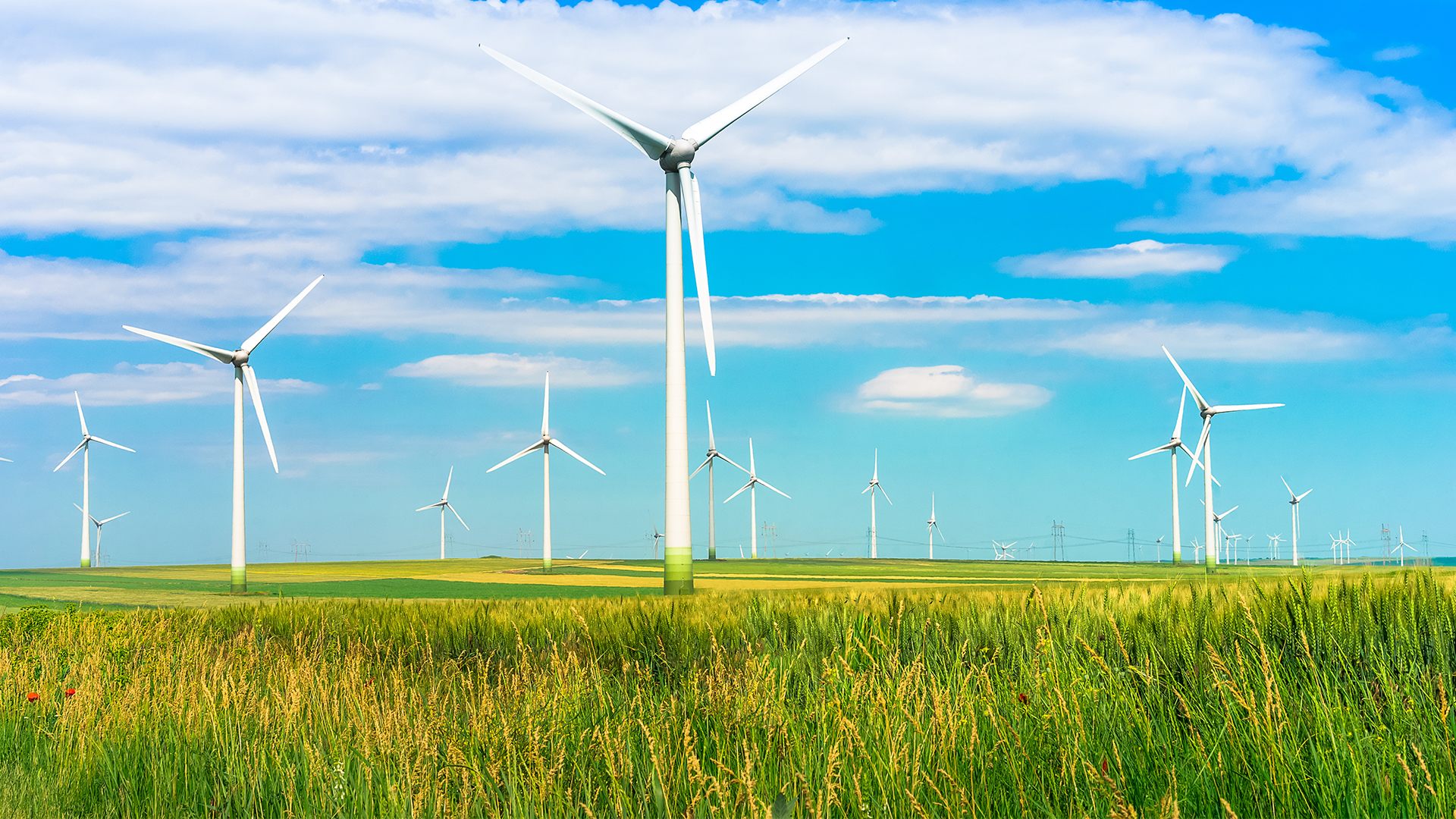Global warming has a direct impact on farmers; even the most minor changes to seasonal weather patterns can affect crop growth. Therefore, it goes without saying that carbon neutral farming is the way forward! In today’s blog, discover the key ways to make your farm more carbon neutral, and help pave the path to a greener future.
By dictionary definition, the word ‘crisis’ means: “a time of intense difficulty or danger, when an important decision must be made”. It is, therefore, no surprise that global warming is widely referred to as ‘the climate crisis’. This international emergency is front and center of every single industry, as companies and individuals alike strive to be more sustainable. Statistics show that if we do not reach Net Zero by 2050, our world will be in peril.
In this case, the “important decision which must be made” is the extent to which we take action. The agricultural industry is certainly playing its part, with carbon neutrality set to be the future. But what is carbon neutral farming, and how can you make your farm more carbon neutral?
What is Carbon Neutral Farming, and Why Is It Important?
Global warming has a direct impact on farmers; even the most minor changes to seasonal weather patterns can affect crop growth. Therefore, it goes without saying that carbon neutral farming is the way forward! What’s more, agriculture is responsible for 24% of the total greenhouse gas emissions, which undoubtedly needs to change to meet our Net Zero goals.
Carbon neutral farming is a self-explanatory concept: it refers to farming processes which balance carbon emission and absorption from the atmosphere. Some key causes of agricultural carbon emissions include: farming machinery, animal domestication, and dual fertilizer and pesticide use. So, how do carbon neutral farms manage to balance this out? Below, we have outlined 5 steps to begin your farm’s journey to carbon neutrality.
5 Steps to Make Your Farm Carbon Neutral
1) Identify Carbon Sources
In order to achieve the ultimate eco-friendly balancing act, you first need to identify your farm’s carbon emission sources. To make this easier, many farmers break this down into “Scope 1, 2 and 3” greenhouse gas emissions. Scope 1 emissions are any activities carried out by you directly, from daily machinery operations to pesticide and fertilizer application. Next up, we have Scope 2, which are any indirect emissions made from electricity or energy consumption. Finally, Scope 3 is the most challenging to identify; this refers to emissions which your farm is responsible for - from production to purchase.
It’s then time to calculate your overall footprint - and remember, you’re taking into account all greenhouse gas emissions, not just carbon! Once you’ve identified where your carbon emissions are coming from, you can strategize the best ways to combat them.
2) Downsize your Farm
There’s a reason why most carbon neutral farms start out small. With the latest innovations, the same amount of food production can be carried out on smaller plots of land - otherwise known as sustainable intensification.
Less land use results in less carbon emissions. It is also important to note that carbon neutral farming does not automatically equate to less food production; the agricultural industry’s priority remains to feed the ever-growing global population. Sustainable intensification uses less resources, while also creating the same output. For example, farmers are introducing crop varieties which require less space to grow and less resources to thrive. Have you heard of hybrid rice? This sustainable phenomenon has a far lower carbon footprint than its traditional counterpart.
3) Invest in Advanced Technologies
We wax lyrical about the many exciting new technologies in agriculture - for good reason! There is a wide range of advanced technology available to increase carbon neutrality on your farm, and new developments will undoubtedly continue to be made in 2023!
First things first, we want to give a shout out to the Internet of Things. This renowned form of advanced technology bore the term ‘Smart Farming’, allowing farmers to use smartphones and tablets to continuously keep plugged into all their operations, accessing real-time information even when absent from the action! This ultimate control allows farmers to streamline processes and carry out more efficient farming, thus reducing carbon emissions. Also - everyone’s talking about AI! Whether or not you think that “robots are taking over the world”, there’s no denying that the integration of AI into the agricultural industry has created a far more efficient workforce, whilst simultaneously reducing day-to-day risks. Drones, in particular, are being increasingly used for soil and field analysis, planting, crop spraying and monitoring, all of which greatly enhance daily efficiency on the farm.
Finally, let’s take a look at a specific example of a leading farming software platform. Climate FieldView™ analyzes “every acre” of farm data, giving farmers a clear overview of what each crop requires. This increases efficiency and reduces any unnecessary emissions. Precision is key!
4) Introduce Climate-Smart Practices
Speaking of precision, one of our favorite climate-smart practices is precision farming. With the help of trusty technology, you can carry out sustainable daily processes on your farm, in order to reach your carbon neutral goals. Aided by IoT, precision farming implements systems which allow optimization within the production chain. This increased efficiency helps ensure a more balanced input and output of greenhouse gasses; in particular, it increases efficiency whilst reducing waste, meaning a higher yield is produced while consumption is reduced significantly, without damaging the quality of the final product.
Next, let’s explore the carbon neutral benefits of planting cover crops. This involves planting crops for the autumn and winter seasons, as opposed to leaving fields bare after harvest. Farmers specifically plant ‘cover shift’ crops which are good for soil health and the ecosystem, while also reducing soil erosion, increasing soil moisture and nutrient retention. Crucially, these crops absorb carbon from the atmosphere, storing it underground.
Thirdly, one of the original sustainable practices is crop rotation. This technique was used as early as 6000 BC, and is the process of planting different crops at the end of a current crop harvest. Similar to cover crops, this system produces continuous nutrients for the soil, while pulling harmful gasses from the atmosphere. However, it is critical that different crops are planted, as the same crops recurrently planted in the same soil will result in identical nutrients being continually absorbed, which attracts bugs and diseases, who thrive in a stable environment. The result? Pest control - which is harmful to the planet. So, if you rotate your crops, everybody wins!
5) Prioritize Rewilding
Finally, we thought we’d give a special shout out to rewilding. Rewilding is defined as “restoring (an area of land) to its natural uncultivated state.” The prime goal of rewilding is to reintroduce species into the ecosystem - both flora and fauna alike! This occurs by recreating natural processes, through either an active or ‘passive’ approach.
Restoring ecosystems to their natural state is an admirable mission in itself. However, rewilding is also one of the keys to carbon neutral farming. Why? These restored and recovered ecosystems - which can include forests, peatlands and salt marshes - will be foliage-rich. They are, therefore, a top source of CO2 absorption, in helpful exchange for the release of oxygen into the atmosphere. These healthy, thriving ecosystems also provide nutritious soils, clean air and clean water. To learn more about why we should prioritize rewilding in 2023, have a read of our blog here!
We hope you’ve enjoyed learning about the intricacies of carbon neutral farming, and the different ways that farmers can make their livelihood more sustainable. Do you think the future of farming looks green? At BKT, we definitely think so!






